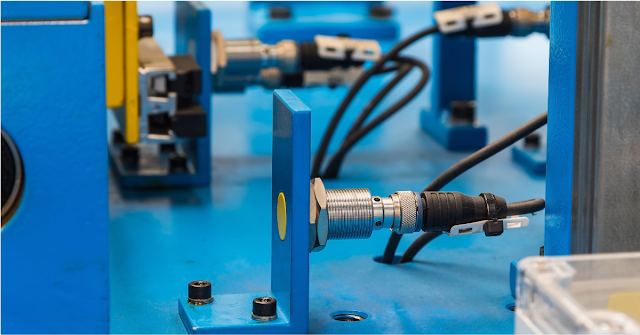In electronics and data communication, two primary methods are used to transfer data: Serial Communication and Parallel Communication. Understanding how each works will help you design better systems, choose the right interface, and troubleshoot more effectively.
What is Serial Communication?
Serial communication transmits data bit by bit over a single channel. This approach reduces wiring complexity and is highly reliable over longer distances.
🔌 Common Examples:
-
USB (Universal Serial Bus)
-
RS-232 / RS-485
Benefits:
-
Fewer wires (simpler design)
-
Cost-effective
-
Ideal for long-distance transmission
-
Minimal crosstalk and interference
What is Parallel Communication?
Parallel communication sends multiple bits at the same time, typically using 8, 16, or more wires in parallel. It’s faster for short distances but less efficient over longer cables due to signal timing issues.
Common Examples:
-
Parallel Port (LPT port, IEEE 1284)
-
PATA (Parallel ATA)
-
Data buses (CPU to RAM)
Benefits:
-
High data transfer rates over short distances
-
Suitable for applications where speed is prioritized over simplicity
When to Use Which?
🔹 Use Serial Communication When:
-
Your application needs long-distance communication
-
Cost and wiring simplicity are priorities
-
You're using microcontrollers or embedded systems
🔹 Use Parallel Communication When:
-
You need high-speed data over short distances
-
Synchronization between wires can be controlled
-
You're dealing with older or legacy systems
Conclusion
In modern systems, serial communication is more prevalent due to its efficiency, lower cost, and scalability. However, parallel communication still finds use in high-speed, short-range applications and legacy systems.
Understanding these methods will help you optimize designs for data transfer in embedded systems, industrial automation, or computer hardware.







0 Comments